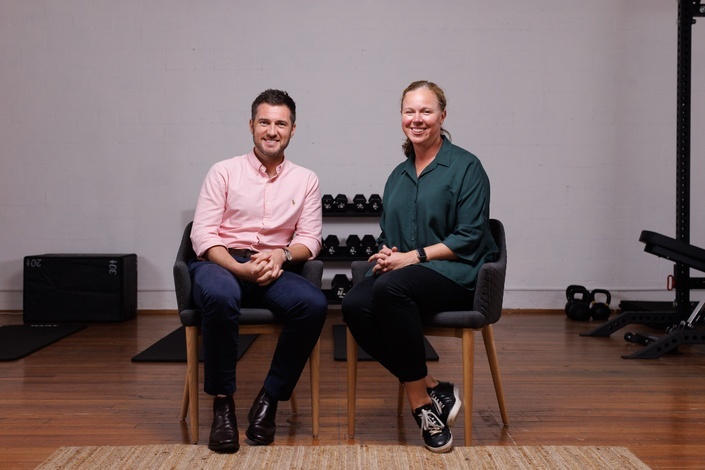Introduction
The Thoracic/Rib Bone Stress Injury Masterclass, taught by Kellie Wilkie and Liam West, provides a complete overview of the assessment and management of Thoracic/Rib Bone Stress injuries. This position statement provides clinically relevant, actionable information that may be useful to health professionals.
Part 1: What is a Bone Stress Injury
A BSI happens on a continuum which occurs when there is an imbalance between the bone’s osteoclast and osteoblast’s activity. It can be influenced by low energy availability, vitamin D and calcium levels. BSI in the Thoracic (Tx) spine and ribs are predominantly seen in rowing athletes.
- The radiographer should know ahead of time that a BSI is what they're assessing for, due to the different scanning techniques used.
- Women are 1.4x more susceptible to having a chest wall injury compared to males, possibly due to energy deficiency reasons.
- In the sculling rowing technique, not having at least 130 deg hip flexion predisposes the athlete to having low back and chest wall pain.
Part 2: Assessing BSI & Early Management
A patient presenting with chest wall pain should be assessed for either bone involvement or another referral source such as the cervical/thoracic spine and intercostal/periscapular musculature. Triage includes having 5 days off rowing if the patient presents with chest wall pain, with a reassessment of symptoms at day 7 for a more specific management plan.
- A subjective assessment should screen for red flags including cancer or cardiac related, including questions on night pain, pain on/after activity and pain type. If the pain is atypical in nature, referring for an x-ray and involving other professionals is appropriate.
- Objective assessment should include palpation, deep breath, cough, sit up, push up and rib spring.
- Acute pain management includes simple analgesic, soft tissue massage, deep breathing, taping, thoracic rotations and reverse lunges to help down regulate the psoas.
Masterclass Preview
Enjoy our FREE PREVIEW of Kellie discussing the objective assessment for someone with thoracic spine/rib related pain.
Part 3: Diagnosis & Prognosis
The diagnosis of a BSI is paramount to guide the time frames and prognosis. The prognosis is also affected by the holistic factors of the athlete such as diet, sleep and stress. If after 5 days, the clinician is still suspicious of a BSI, a medical referral needs to be made to screen all other associated factors such as mental health, energy deficiency and endocrine systems.
- For the sub-elite/elite athlete with a stress reaction, it’s 2-3 weeks off and 2-3 weeks build back to full training. It is 5-6 weeks off and 5-6 weeks for a stress fracture.
- Think about possible femoroacetabular impingement and/or CAM lesions especially for the athlete’s available hip flexion range.
- Clinicians can assess hip flexion/control by seeing the patient do a sit to stand from a low box (30-40cm) and look at if they can relax their thorax on the way up.
Part 4: Rehab Principles & Gym Considerations
Rehab principles should be individualised and goal focussed and attempting to maintain the athlete’s training load without loading the injured tissue by using the bike or steps for example. It is difficult to have zero pain whilst doing the exercises, so it’s important to make sure the pain is controllable, not sharp and increasing in nature and doesn’t hang around more than 30 min post exercise.
- Exercises that compress the chest wall and any pushing or pulling should be initially avoided.
- Begin with sitting to standing from a low box and add weight into the hands to add in a shoulder hanging element in a mid-scapular protraction/retraction zone, as guided by symptoms.
- Deadlifts, sled pushes, leg press and exercise ball crunches are all good exercises to progress into to add complexity and load.


